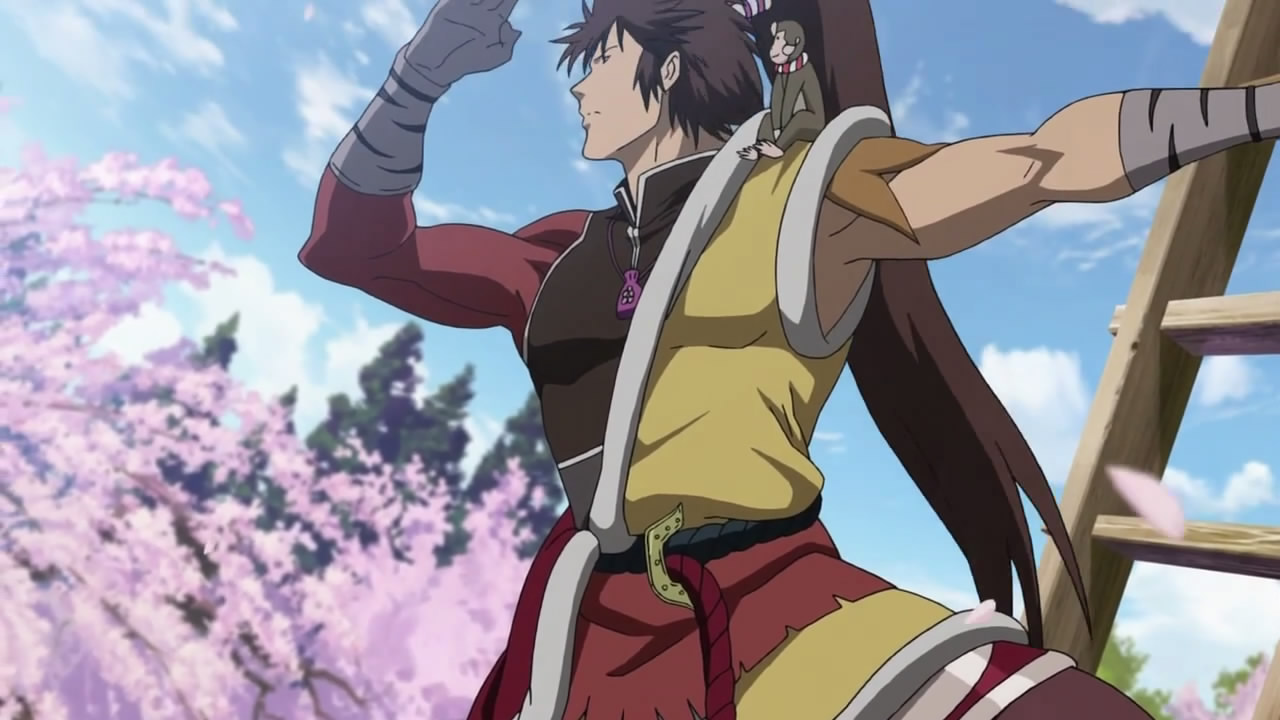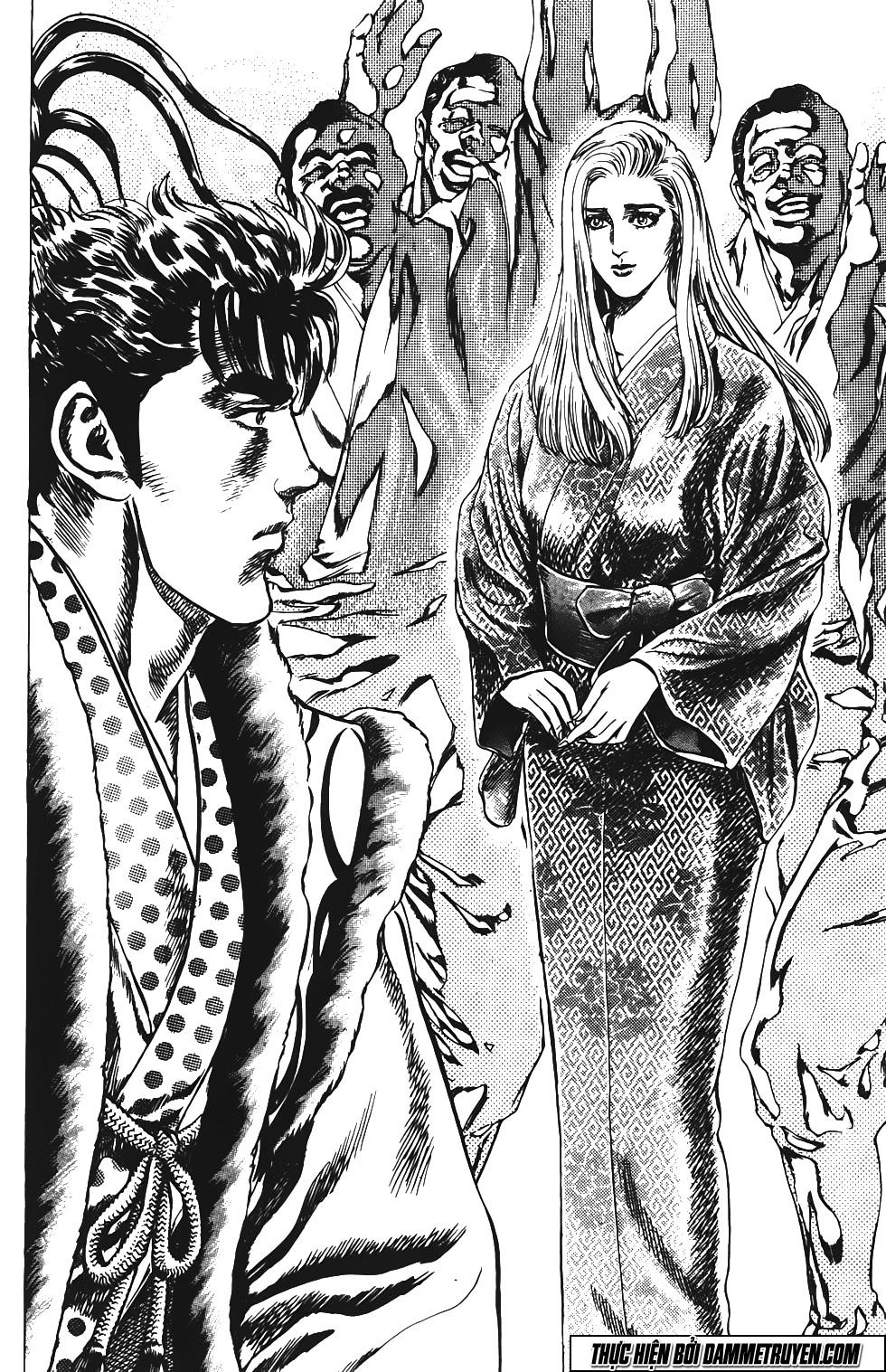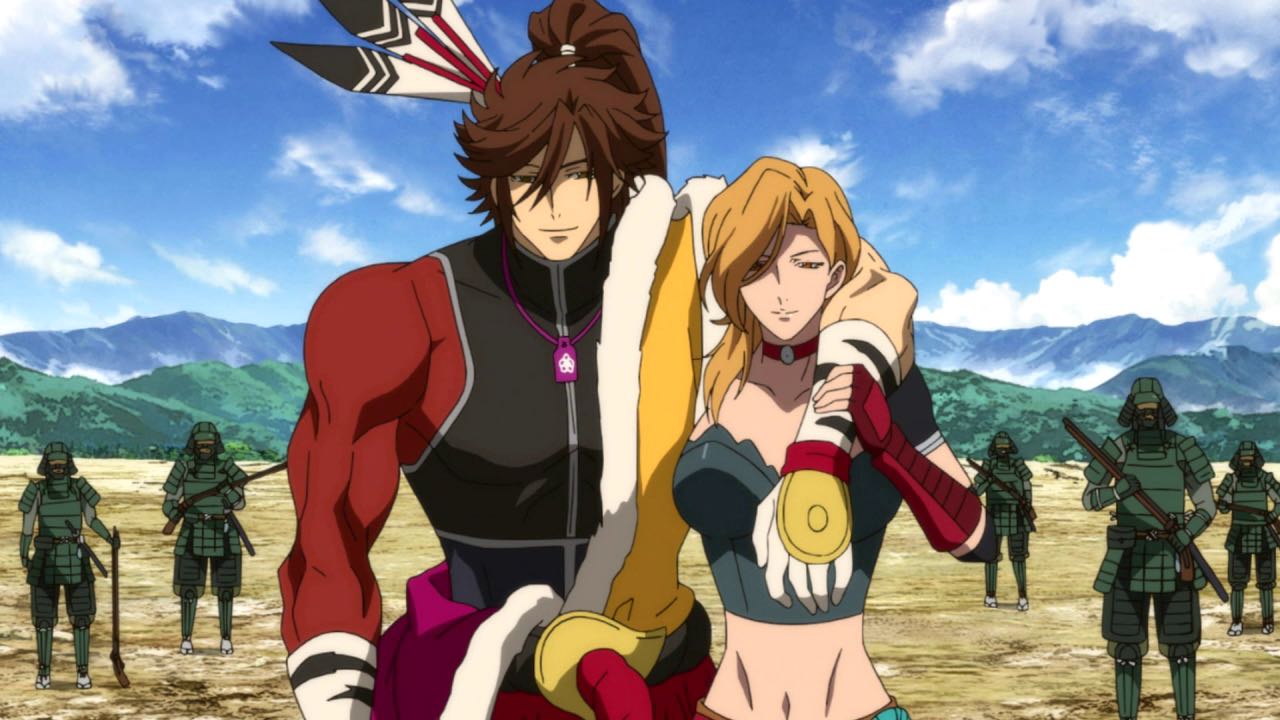Japan History: Maeda Keiji
Maeda Keiji

Photo credit: wikipedia.org
Maeda Toshimasu, (1543-1612) also known as Maeda Keiji or Keijiro, was a Japanese samurai who lived in the Sengoku Period (1467-1568).
Born in Nagoya, he was the son of Takigawa Kazumasu, who was later adopted by his uncle Maeda Toshihisa, brother of Maeda Toshiie. He served under Oda Nobunaga with his uncle and was initially the heir of the clan. However, Nobunaga replaced Toshihisa with Toshiie as head of the Maeda family, and Toshimasa lost this position. At that point, the disagreements between him and his uncle Toshiie began, and it is said that they often quarrelled.
In 1581, he made a reputation for himself under his uncle’s command in a conflict in the Province of Noto. During the Battle of Komaki-Nagakute, three years later, Toshimasu saved Sassa Narimasa when he was attacked at the Castle of Suemori.
In Kyoto, he met Naoe Kanetsugu the karō (samurai and senior advisors at a daimyō service) of Uesugi Kagekatsu. The two of them became friends and Toshimasu joined the Uesugi clan in the invasion of Aizu. The invasion failed, and Keiji led the rearguard during the retreat.
In the battle, however, he was able to give a splendid show of force riding on his inseparable horse Matsukaze, ‘the wind among the pines’, while brandishing his spear. Due to Keiji’s actions, the Uesugi’s forces were able to retreat intact, while the samurai returned to the capital devoting himself to art and literature.
He was later barred from Toyotomi Hideyoshi’s campaign in Kyushu for his wild behaviour. But when Tokugawa Ieyasu challenged the Uesugi clan in 1600, Keiji once again fought with them.
In the battle against the Mogami, legend says that he succeeded in breaking the enemy lines with only eight riders, shattering their formation.
After the Uesugi clan retired in the Yonezawa Domain, Toshimasu remained with them.
According to the legend, after Keiji’s death, his horse Matsukage, that shared with his master the same indomitable personality, ran away never to be found again. It was a magnificent horse that no one else but Keiji had been able to tame, and so powerful to carry his master’s large frame.
It is still possible to see Keiji’s armour at the Miyasaka Museum.

Photo credit: wikipedia.org
Keiji – Hana no Keiji

Photo credit: vignette3.wikia.nocookie.net
The character of Keiji Maeda was so characteristic and so eccentric that he was chosen as the protagonist of a series of manga, Keiji ( 花の慶次 – Hana no Keiji). The story is written by Keichiro Ryu and drawn by Tetsuo Hara, better known for his other work, Fist of the North Star.

Photo credit: Google images
The manga tells the adventures of the greatest kabukimono that ever existed in Japan. A kabukimono is an eccentric person who loves to stand out from others for his behaviour and his appearance, and who has the ultimate goal of imposing his will on others.
Keiji is the son of Takigawa Masuuji and one of his concubines. At that time, the Maeda family was a vassal of the Takigawa clan, and during a reception, Maeda Toshihisa met the girl and asked Takigawa for permission to marry her. On the wedding night, the bride confesses she is already pregnant with her former lord. But instead of killing her (as it was customary in an era where honour and noble blood were fundamental) Toshihisa adopted the child.
Thus, at his birth Keiji (whose full name is Keijiro Toshimasu Maeda) officially became Toshihisa’s son and so nephew of Maeda Toshiie, one of the richest Japanese feudal lords of the Sengoku era. During this time, great battles take place in order to decide who will rule Japan after Oda Nobunaga. Keiji, raised on battlefields and gifted with great strength, participates in many of these events.

Photo credit: ayakashi-ghost-guild.wikia.com
His character has a strong sense of honour and personality that follows the basic principle of being a kabukimono to the fullest. Therefore, Keiji seeks to always impose his own will, aware that this means being free to act as he pleases, but also to be killed “like a dog”.
Despite the eternal struggle with his uncle, who tried to kill him repeatedly, Keiji remained in the clan and so under his uncle’s authority until Toshihisa’s death. It was after that when he began to behave in such a way that got him expelled from the clan. This will save the honour of the clan itself since a samurai who voluntarily abandons his master dishonours him.
The Characters
Various fictional characters accompany Keiji in his travels and adventures.
In the first chapter of the manga, Keiji meets and binds with the “diabolic” horse Matsukase, “wind in the pines” (a copy of Black King, horse of Raoh – Fist of the North Star). It is an unusually big animal and therefore able to endure Keiji’s weight, but no one else can ride it. Since then, the two of them are inseparable.

Photo credit: Google Images
For a time Keiji was accompanied by little Ofu. He meets the girl when he was challenged by the martial arts expert named Gankibo. Ofu had to follow him carrying a bucket on his head where he gathers the ears of dead enemies. The spirits of the fallen torment her and when Keiji defeats Gankibo he frees Ofu from her task, giving peace to the spirits as well. Ofu was actually 14 or 15 years old but looks like a little girl because she has decided not to grow.
The little shinobi Sutemaru is the first vassal to serve Keiji. At first, Sutemaru is part of Kaga’s ninja clan serving Maeda Toshiie, and wants to kill Keiji and Matsukase (the horse who trampled and killed his brother). But soon Sutemaru decides to abandon the ninja clan to stay with Keiji, who he faithfully serves in hope of succeeding in killing him. Sutemaru fights with edged weapons, kunai and explosive weapons, as well as being often an explorer for Keiji. Peculiar of his character is the fact that he always hums when he fights and cannot lie because each time he does, his eyes become strabic.
The last important character is Lisa, a beautiful young woman with blond hair. Her father, Yoshiro, is the son of Sen no Rikyu and a Western woman, carried as a slave on a European pirate ship that will clash with Sakai merchants. Yoshiro will meet Keiji and show him a portrait of her daughter. The kabukimono will fall in love with the girl, who is desired by the Spanish pirate Carlos and the king of Ryukyu (now Okinawa, the main island of the Ryukyu archipelago) as well.
Instead, among the historical figures met by Keiji, there surely is his uncle Toshiie Maeda (also known as Mataza the lancer), the kanpaku (Emperor Regent) Hideyoshi Toyotomi, and Tokugawa Ieyasu his successor; but also Nobunaga Oda, former master of Hideyoshi and Ieyasu, and Hattori Hanzo, chief of Iga’s ninjas at Ieyasu’s service. He will also meet the aforementioned master of ceremonies Sen no Rikyu, and the military commander of Yamashiro region (where the capital of the time was, Kyoto) Kanetsugu Naoe. Also, the Lord of Kanetsugu, Kagekatsu Uesugi, nephew and successor of the famous daimyo Uesugi Kenshin; Mitsunari Ishida, Hideyoshi’s favourite and Kanetsugu Naoe’s cousin, and Date Masamune, daimyo of northern lands of the country.
After Sekigahara’s Battle, where Mitsunari Ishida and Ieyasu Tokugawa are fighting for the control of the country, Keiji happens to find himself on the losing side. He was actually deployed and enlisted as Kanetsugu Naoe’s vassal to help the Uesugi clan. Ieyasu had provoked the Uesugis to seek war for the sole purpose of making Mitsunari move and expose himself. Keiji then decides to meet Ieyasu as an ambassador of the Uesugi clan. He shaves his long hair like a bonzo and gives up the compensation he is entitled to receive as a samurai of the clan. After peace was made, he decides to stay out of the scene until Kanetsugu asks him to go with him in his feud, request that Keiji accepts. The next morning, he gives up all his money and sets up an improvised party. The balloons tell us that he will move with Lisa in Nao’s clan and cease to be a kabukimono.
He will die about 12 years later, under the reign of Tadakatsu Uesugi, heir of Kagekatsu.

Photo Credit:truyentranhpro.com
Sengoku Basara
Sengoku Basara (戦 国 BASARA) is an anime divided into two series, based on the Devil Kings, a video game series released by Capcom, each consisting of thirteen episodes. A three-volume manga called Sengoku Basara Ranse Renbu is also based on the video game. The manga, created by Kairi Shimonotsuki and published by Udon Entertainment, is published in Italy by J-Pop. Instead, the two seasons of the anime were purchased by Yamato Video that announced it via Facebook and is part of the “Secret Project” of the Milanese publisher. The series is being broadcast on the new Yamato youtube channel from October 30, 2013.
On June 4, 2011, the feature film Sengoku Basara: The Last Party was released in Japan.
The following year, a live-action adaptation, Sengoku Basara: Moonlight Party was aired from 12 July to 20 September 2012.
Two years later, in 2014, the third television series, Sengoku Basara: Judge End, that inspired to the story of Sengoku Basara: Samurai Heroes of the video game, was aired.
Personally, I think that Keiji’s character is very interesting, and above all, I think he needs to be more thoroughly comprehended. His personality differs from the others, and he is able to go against the seriousness characterizing the Samurai figure. I feel very close to him as an unstable and eccentric soul, always looking for something he can’t get but that is probably in his hands already. His way of breaking the schemes going as far as playing tricks on his relatives, the fact that he doesn’t care about etiquette and who he is. As well as his feeling a child in a body that is too big, especially for the time, and his being different, makes him a person that needs to be discovered and loved.

Photo credit: www.Tumbr.com
And there is also his love for Lisa that was one of the first times in which the East-West relationship was showed. A samurai who fell in love with a European woman was at that time a sort of scandal and something absolutely unusual. A beautiful story between the two, which continues to be a source of inspiration for other comics and video games.
“Everyone is weak and relies on others. As we reach out to each other, as we become friends or fight, the bond we form creates our tomorrow. “
Keiji Maeda – Sengoku Basara

Photo credit: Google Images
Share this:
- Click to share on Facebook (Opens in new window)
- Click to share on Twitter (Opens in new window)
- Click to share on Tumblr (Opens in new window)
- Click to share on Pinterest (Opens in new window)
- Click to share on Telegram (Opens in new window)
- Click to share on WhatsApp (Opens in new window)
- Click to share on Reddit (Opens in new window)
- Click to print (Opens in new window)






